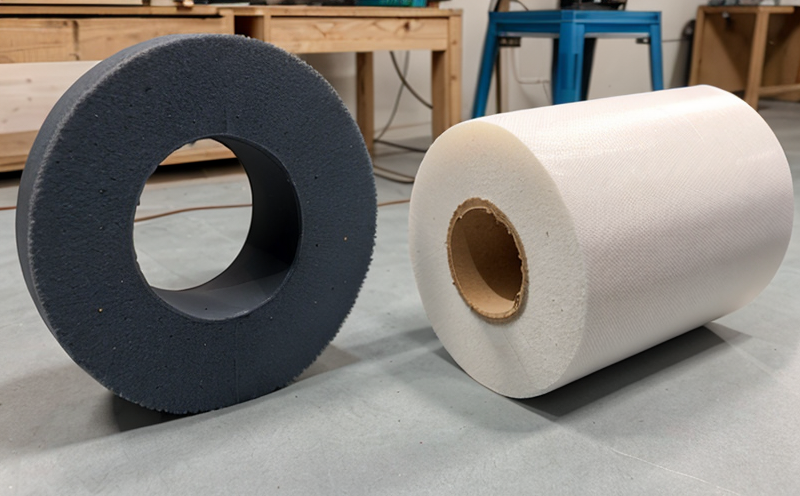BS EN ISO 6506 Brinell Hardness of Metallic Furniture Components Testing
The BS EN ISO 6506 standard provides a method for determining the hardness of metallic furniture components using the Brinell test. This testing is crucial for ensuring that materials used in furniture meet specified quality standards, which can influence durability and performance. The Brinell hardness test measures the hardness of a material by pressing a steel ball indenter into it under a specific force and measuring the diameter of the indentation.
The test is particularly relevant to furniture components such as legs, supports, and structural elements that are exposed to high loads or stresses during use. By assessing the Brinell hardness, manufacturers can ensure that these parts are robust enough to withstand the expected wear and tear over time. This testing method is widely accepted in the industry for its consistency and reliability.
The process involves several key steps:
- Selection of the appropriate indenter type (usually a steel ball)
- Determination of the test force applied
- Measurement of the diameter of the indentation left on the specimen
The BS EN ISO 6506 standard ensures that all tests conducted are consistent and comparable. This consistency is vital for quality assurance processes, particularly when dealing with international supply chains or regulatory requirements. The test results can be used to ensure compliance with various industry standards and regulations, enhancing the reputation of manufacturers who adhere to these practices.
For furniture components made from metallic materials such as steel, aluminum, or other alloys, this testing method is indispensable. It allows for a detailed understanding of how well the materials will perform under stress, which can be critical in designing high-quality furniture products. The test results are also valuable for R&D departments as they help refine and improve product designs.
The Brinell hardness test is not just about meeting standards; it's about ensuring that every piece of furniture produced meets or exceeds the expectations set by industry best practices. This testing method provides a robust framework for quality control, helping to maintain consistency in the production process.
Applied Standards
The BS EN ISO 6506 Brinell Hardness test is one of several standards that contribute to ensuring high-quality metallic furniture components. Here are some other relevant standards:
- BS EN ISO 14739: Metallic materials - Mechanical testing - Determination of hardness and strength by indentation
- ASTM E10: Standard Test Methods for Brinell Hardness of Metallic Materials
- EN 16855: Metallic materials - Brinell hardness determination using a specific indenter diameter
For those involved in quality management or compliance, it's essential to stay updated on these standards as they evolve. Regular testing using these methods helps maintain product integrity and ensures that all components are fit for purpose. Compliance with these standards is also crucial for export markets where stringent regulations may apply.
International Acceptance and Recognition
The BS EN ISO 6506 Brinell Hardness test enjoys widespread international acceptance, especially in Europe and other regions that adhere to European Union (EU) standards. Its recognition is due to its reliability and consistency across different environments and materials.
Here are some key points regarding the international acceptance of this test:
- Mandated by EU directives for furniture safety
- Apart from Europe, it's also recognized in countries that have adopted ISO standards such as the USA, Canada, Australia, and Japan
- The standard is used to ensure compliance with local regulations, thereby facilitating international trade
Manufacturers who adhere to this test method can benefit from enhanced market access. The consistent results provided by the Brinell hardness test allow for easier certification processes in various countries, reducing time-to-market and operational costs.
Environmental and Sustainability Contributions
The BS EN ISO 6506 Brinell Hardness of Metallic Furniture Components Testing plays a role in promoting sustainability within the furniture industry. By ensuring that metallic components are robust enough to withstand the demands placed on them, this testing method helps reduce waste and promote longevity.
Here's how it contributes:
- Reduces material wastage by ensuring components last longer
- Promotes responsible sourcing of materials through rigorous quality checks
- Encourages the use of recycled metals in furniture production, aligning with broader sustainability goals
The test ensures that furniture manufacturers can make informed decisions about their material choices. By selecting components based on hardness and durability, they contribute to a more sustainable supply chain.





